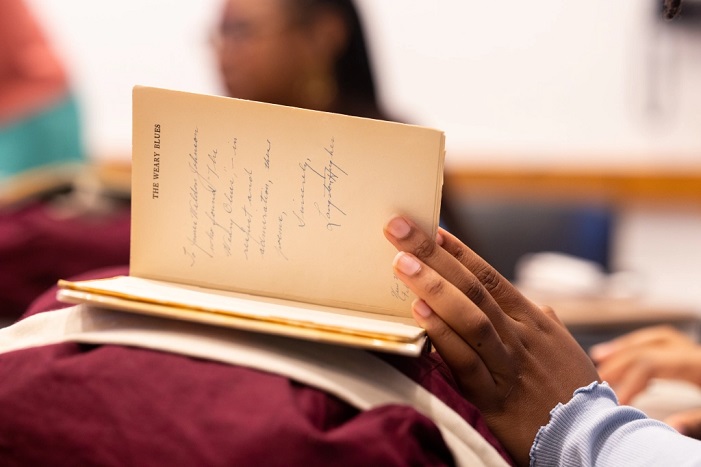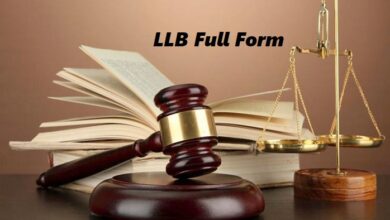How to Create a Winning Bibliography for Your Project (Step-by-Step Guide)

When it comes to academic or professional projects, a well-structured bibliography can make all the difference. I’ve learned this firsthand while working on various assignments, and I’m here to share my tried-and-true tips for crafting a bibliography that not only meets requirements but also stands out.
What is a Bibliography and Why is it Important?

Let’s start with the basics. A bibliography is a list of all the sources you’ve referred to in your project. This includes books, articles, websites, and more.
But it’s not just about ticking a box—it’s about showing that you’ve done your research. A solid bibliography:
- Adds credibility to your work.
- Helps others trace your sources.
- Avoids plagiarism by giving proper credit.
Types of Bibliographies You Might Need
Depending on your project, you might need:
- Annotated Bibliography – Includes a summary or evaluation of each source.
- Working Bibliography – A draft version to organize your research.
- Standard Bibliography – A straightforward list of sources.
Step 1: Gather Your Sources
Before you even think about formatting, start by collecting all the materials you’ve referenced. Trust me, it’s easier to track them as you go rather than scrambling at the last minute.
Step 2: Understand the Required Style
Different projects require different citation styles, such as:
- APA: Common for social sciences.
- MLA: Often used in humanities.
- Chicago: Popular for history and business topics.
Knowing the required format is crucial because each has its own rules.
Step 3: Format Your Entries Correctly
Here’s how I usually approach formatting:
- Books: Author(s). Title of Book. Publisher, Year.
- Example: Smith, John. The Art of Research. Academic Press, 2020.
- Articles: Author(s). “Title of Article.” Title of Journal, vol. number, no. number, year, pages.
- Example: Doe, Jane. “Bibliography Basics.” Journal of Writing, vol. 10, no. 2, 2021, pp. 50-65.
- Websites: Author(s). “Title of Webpage.” Website Name, URL. Accessed date.
- Example: Brown, Emily. “How to Write a Bibliography.” Researcher’s Hub, www.researchhub.com/bibguide. Accessed 10 Jan. 2025.
Step 4: Organize the List
Arrange your entries alphabetically by the author’s last name. If there’s no author, use the title of the source instead.
Step 5: Double-Check for Errors
It’s easy to miss small details, like a misplaced comma or incorrect date. I always review my bibliography at least twice to ensure everything is accurate.
My Top Tools for Creating Bibliographies
When you’re short on time, these tools can save the day:
- Citation Machine: Automatically formats your entries.
- Zotero: Great for organizing sources.
- Google Docs: Its built-in bibliography templates are a lifesaver.
Common Mistakes to Avoid
- Forgetting to include all your sources.
- Mixing up citation styles.
- Not updating the bibliography as your research evolves.
Why a Good Bibliography Reflects Well on You
In my experience, a polished bibliography shows that you’re thorough and detail-oriented—qualities that teachers, professors, or colleagues value.
Badminton Court Measurements: Everything You Need to Know Before You Step Onto the Court
Final Thoughts
Creating a winning bibliography might seem daunting, but with a bit of organization and the right tools, it’s totally manageable.
Whether you’re working on a school project, a college thesis, or a professional report, a strong bibliography sets your work apart.
Got any questions about bibliographies? Let me know in the comments—I’d love to help!




